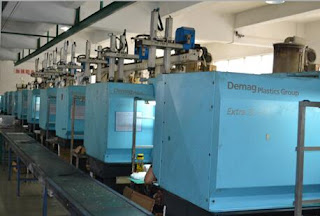Methods of Designing & Manufacturing
Injection molding is the most common method of plastic processing used for manufacturing of wide range of bottle cap moulding for a variety purposes and applications. The injection mold is the most important part of the molding technology. The appearance, accuracy of the dimensions, reliability and productivity of the plastic parts depends on design and quality of the mold. But no less important are the characteristics of the injection mold as its production resource. The cost of ordering high-quality molds is more than compensated for during their life time equipment downtime is minimized, energy and funds are not being spent for repairs and debugging, casting products are positioned at a better level than competitor's. Methods of designing and manufacturing of injection mold are · PET performs · Covers, cap, lids, valves, handles for carrying, auxiliary decorative elements · Disposable cutlery · Plastic parts for build finishing and remo

